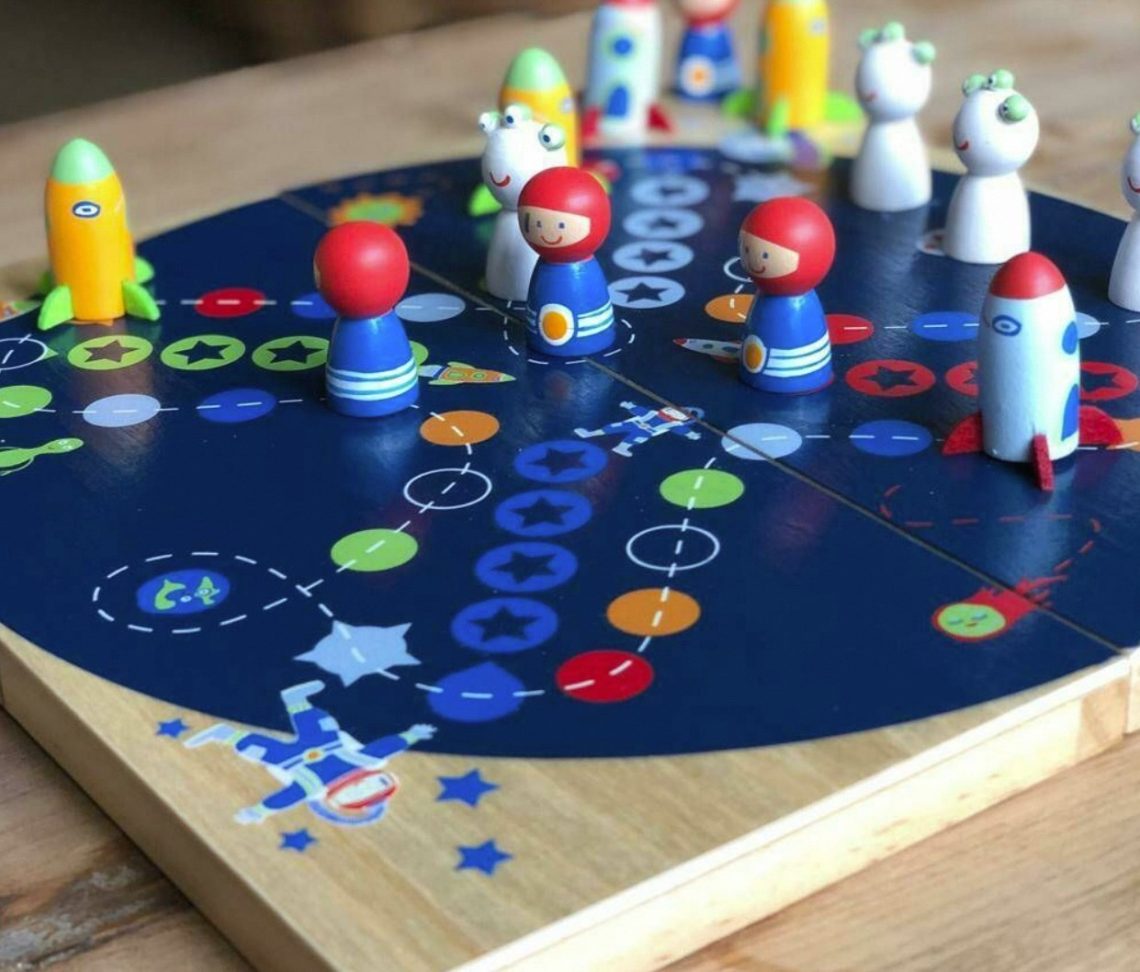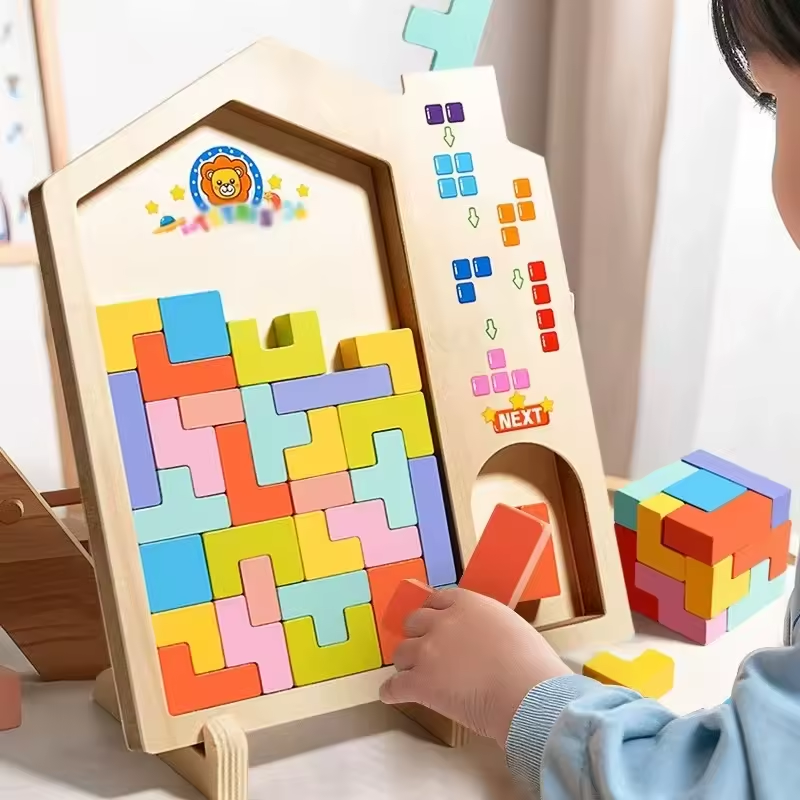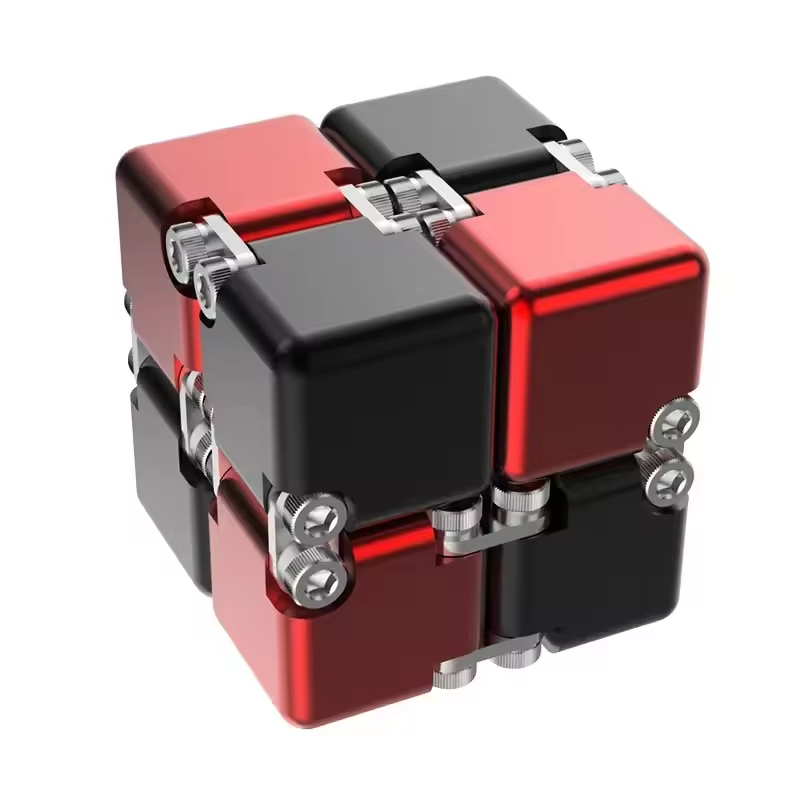Board games have captivated families and friends for centuries, offering a chance to unwind, strategize, and bond over a shared experience. But have you ever considered creating your own board game? It can be a surprisingly rewarding endeavor, allowing you to bring your unique ideas to life and share them with others. This comprehensive guide will walk you through the process of crafting a board game, from brainstorming your concept to turning it into a playable reality.
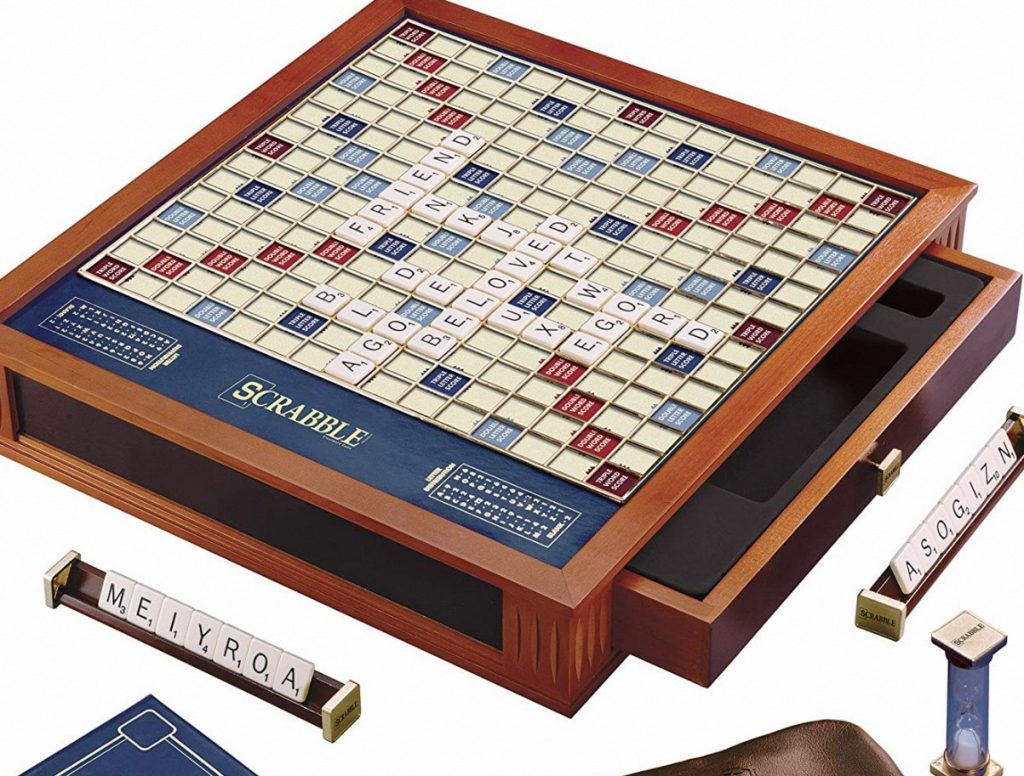
Part 1: Spark Your Creativity
Find Inspiration:
Board games come in all shapes and sizes, from quick-paced card games to sprawling strategy adventures. Explore different game genres to see what sparks your interest. Play classic board games with a critical eye, deconstructing the mechanics and what makes them fun. Look beyond traditional board games; consider video game mechanics, escape room puzzles, or even educational activities for inspiration.
Identify Your Target Audience:
Understanding the intended audience for your board game is crucial for tailoring its design. Whether it’s geared towards a family game night or a group of seasoned gamers, knowing your target audience will help shape various aspects of the game. For instance, the complexity of the rules and mechanics, the playing time, and the overall theme should be aligned with the preferences and expectations of the audience. Factors such as age, attention span, and preferred gameplay styles should be carefully considered in the game’s design. For a family-oriented game, simplicity and accessibility may be key. A game targeting seasoned gamers might prioritize strategic depth and complexity. By considering these elements, you can ensure that the game resonates with its intended audience. It can offer an enjoyable and engaging experience that caters to their specific interests and preferences.

Part 2: Solidify Your Concept
Theme Time:
A captivating theme serves as the foundation of any engaging board game. It provides a visual context and a narrative hook that draws players in and immerses them in the game’s world. When selecting a theme for your game, you have a wide array of possibilities. These range from historical fiction and space exploration to whimsical or fantastical worlds of your own creation. Regardless of the theme chosen, it’s important to ensure that it aligns with the game’s mechanics and resonates with the target audience. For example, a game with a historical theme might feature mechanics that emphasize strategy and decision-making. On the other hand, a game set in a whimsical world could emphasize creativity and imagination. Additionally, the theme should be cohesive with the game’s components, artwork, and overall narrative. This will create a cohesive and immersive experience for the players. By selecting a theme that resonates with the game’s mechanics and target audience, you can create a compelling and engaging board game that captures the imagination and interest of players.
Mechanics in Motion:
The mechanics serve as the backbone of your game, shaping and defining how players interact with the game board, components, and each other. When designing your game, it’s essential to carefully consider which mechanics to incorporate. Popular mechanics that can drive gameplay include dice rolling, card drafting, resource management, area control, and more. Each of these mechanics brings a unique dynamic to the game, influencing how players make decisions, create conflict, and ultimately determine a winner. For example, dice rolling mechanics can introduce an element of chance and unpredictability, while resource management mechanics require strategic planning and allocation. Understanding how these mechanics will drive player engagement and shape the overall experience is crucial in ensuring that your game offers a balanced and enjoyable gameplay that aligns with your vision for the game.

Part 3: Building Your Board Game
Crafting the Components:
When it comes to bringing your board game to life, there are various ways to create a physical prototype. One option is to utilize easily accessible materials such as cardboard, paper, and markers to construct the initial version of your game. This allows you to quickly iterate on the design and test different mechanics and components. Additionally, digital design tools offer another avenue for bringing your game to fruition. These tools can help you create a more polished and professional appearance for your game board, cards, and player pieces. Whether it’s through physical crafting or digital design, the goal is to create a prototype that accurately represents your game concept. This prototype will serve as a valuable tool for playtesting, refining the game mechanics, and soliciting feedback from others. Ultimately, this phase of bringing your game to life is an exciting step towards turning your vision into a tangible, playable experience.
Playtesting is Key:
The true test of any game lies in playing it, therefore, the next step after designing your board game is playtesting. Gather a group of people who fit your target audience and have them play the game. It’s crucial to observe how players interact with the mechanics, identify any confusing rules, and watch for areas where the game feels unbalanced. Pay attention to how engaged the players are, how they make decisions, and whether the game is delivering the experience you intended. Be open to feedback and prepared to adapt your game based on the insights and recommendations you receive from playtesting. Iterating on the game design based on playtesting results can help refine the mechanics, rules, and overall experience, improving the game’s balance and enjoyability. Ultimately, playtesting is an essential step in the game design process to ensure that your game resonates with its intended audience and provides a compelling, engaging, and enjoyable experience.
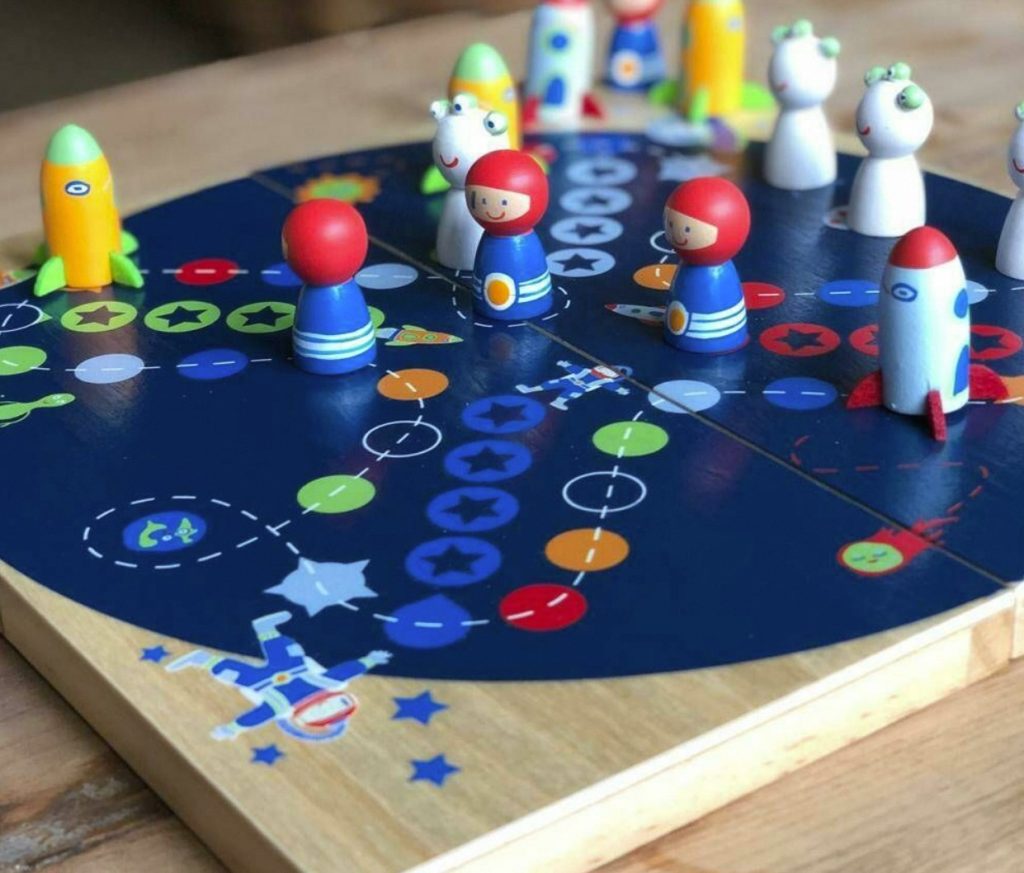
Part 4: Polishing Your Creation
Refine the Rules:
After multiple rounds of playtesting, it’s time to refine your game rules. Ensure the rules are clear, concise, and easy to understand. Aim for language that is free of ambiguity and leaves no room for misinterpretation. Structure your rules in a logical manner, and consider including visual aids like diagrams or flowcharts for complex mechanics.
Presentation Matters:
First impressions count! Invest in creating an attractive presentation for your game. This includes designing visually appealing game art, eye-catching player boards and cards, and a well-designed game box. While artistic skills are a plus, there are many online design resources and tools available to create a professional look for your game, even on a budget.
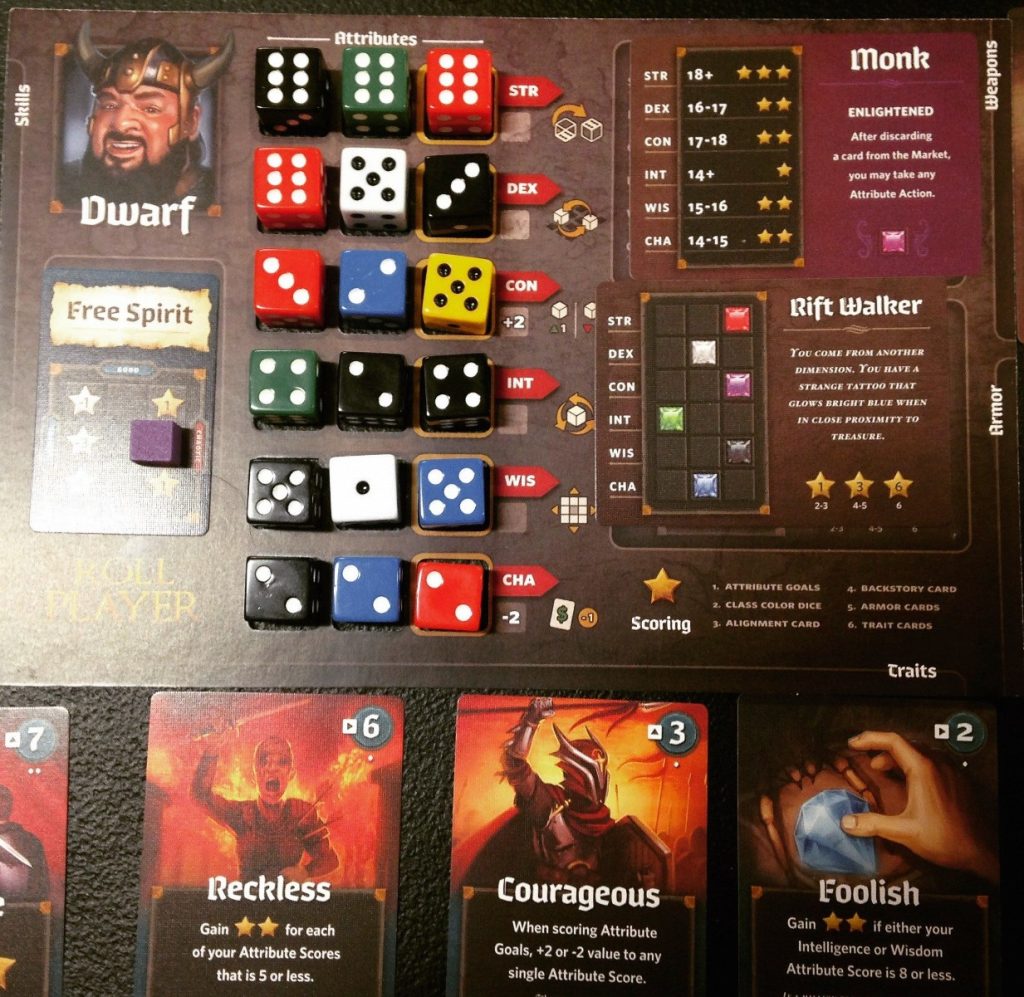
Congratulations! You’ve crafted your very own board game. Now it’s time to share it with the world! Consider getting your game professionally manufactured, or start by introducing it to friends, family, and local game stores. Board game creation is a journey of imagination, perseverance, and most importantly, fun. So grab your creativity, follow these steps, and get ready to bring your board game dreams to life!
